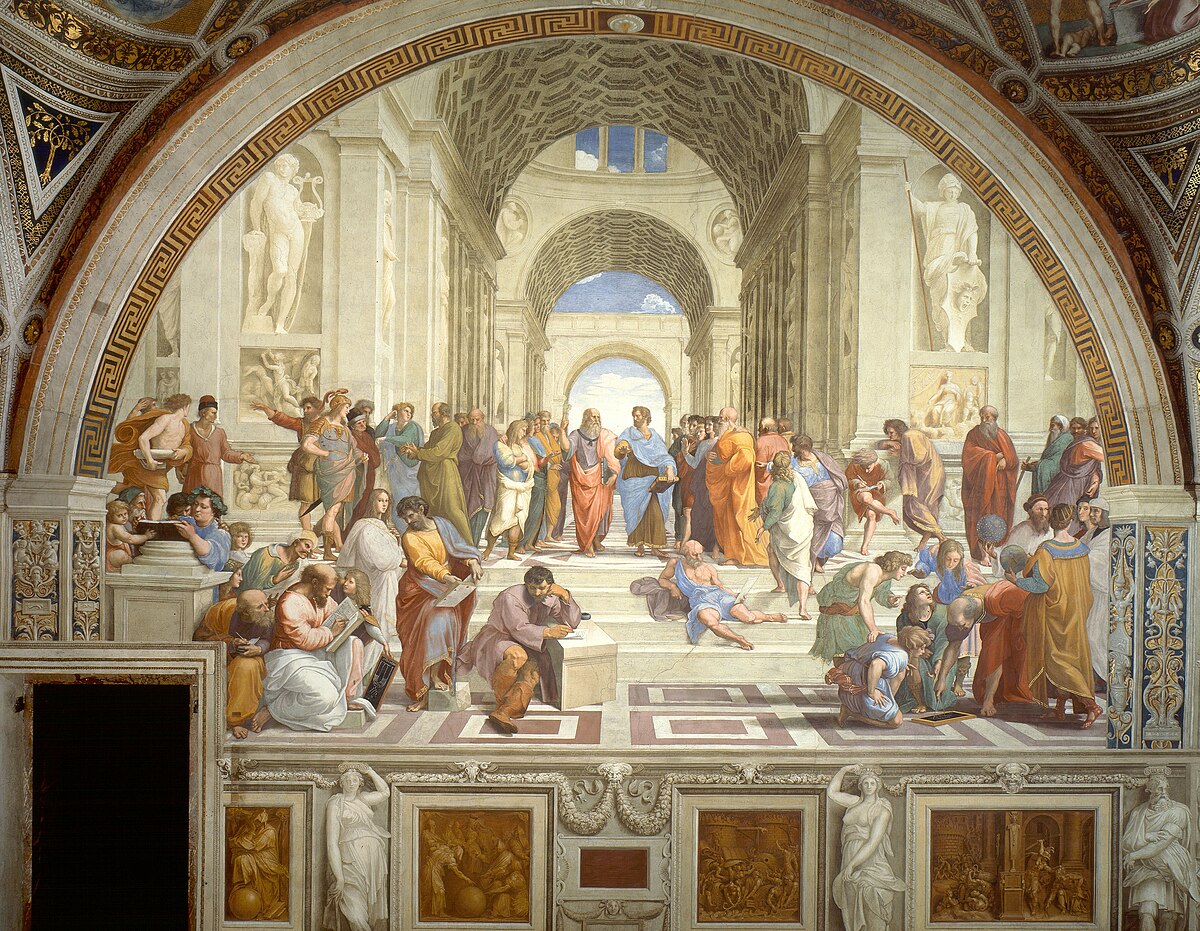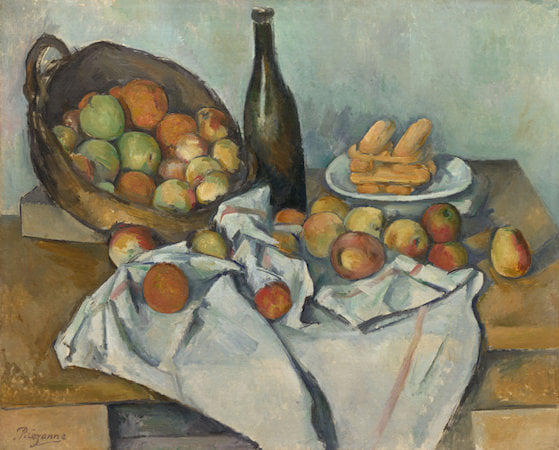We experience the world in three dimensions. How can artists replicate such experience on a two-dimensional medium such as the flat surface of a canvass?

For hundreds of years a system for portraying on canvass how humans actually see the world eluded artists. That changed in the 15th century. Renaissance architect and artist Fillippo Brunelleschi, born in 1377 in Florence, developed the principles of single-point perspective. This artistic device of converging parallel lines enabled a painter to add depth and volume on a flat surface. An illusion of space could now be constructed.
An example of the power of single point perspective is demonstrated in Raphael’s fresco The School of Athens. Lines parallel with our line of sight recede to the horizon towards a single vanishing point. Although the entire scene has been painted on a flat surface, some elements in it appear to get smaller, creating a sense of distance and depth.
This approach dominated the world of painting for five hundred years. And then Paul Cezanne took up the brush in the late 19th century.
Cezanne challenged the notion that there is but a single point of view to what is before our eyes. His works reveal multiple perspectives occurring within a single scene. An example of this multiplying of perspectives is his painting The Basket of Apples.

There is a tilted table, an impossible rectangle with no right angles. In the center is a bottle, slanted to the left drawing our eyes off to one side. A basket pitches forward. Spilled apples run to the edge of the table. They seem as if they should roll off the tilted table. But they don’t. Every element in the painting defies the laws of gravity and the classical rules of perspective. Each one draws our attention. And each object stands independent within the frame of the picture. The relationship of one to another takes precedence over a single point of viewing.
Nothing was the same in art after Cezanne. He freed artists to discover and share with us an expanding world of meaning of what is before us. Multiple dimensions to facial structure, dissolution of objective borders, unexpected colors on faces and objects. Abstract art’s action painting challenged even the notion of what exactly was the work of art: what ended up on the canvass or the action of painting itself? All of modern art owes its liberated existence to Cezanne.
This resistance to being confined to a single perspective is radiant within Torah. The early rabbis described Torah as black fire written on white fire, The black letters seem to convey a defined narrative. But the white space contains voice as well, hidden meaning yearning for someone to come searching there. Torah is combustion!
In Parshat Shemot the voice that speaks to Moses at the burning bush says that its name is Ehyeh Asher Ehyeh (“I will be what I will be”). Not a noun, of static and well-understood meaning. But a verb! Dynamic. Subject to conjugation. A vessel of present, past and future. A source of transformation. Evolution. Multiplicity within unity. Uncontainable.
We carry all of that within us as well. You. Me. The person camped out on the street down the block. Cezanne revealed all of that on a two-dimensional surface. Surely we can do the same in the three-dimension plain we live in every day.








